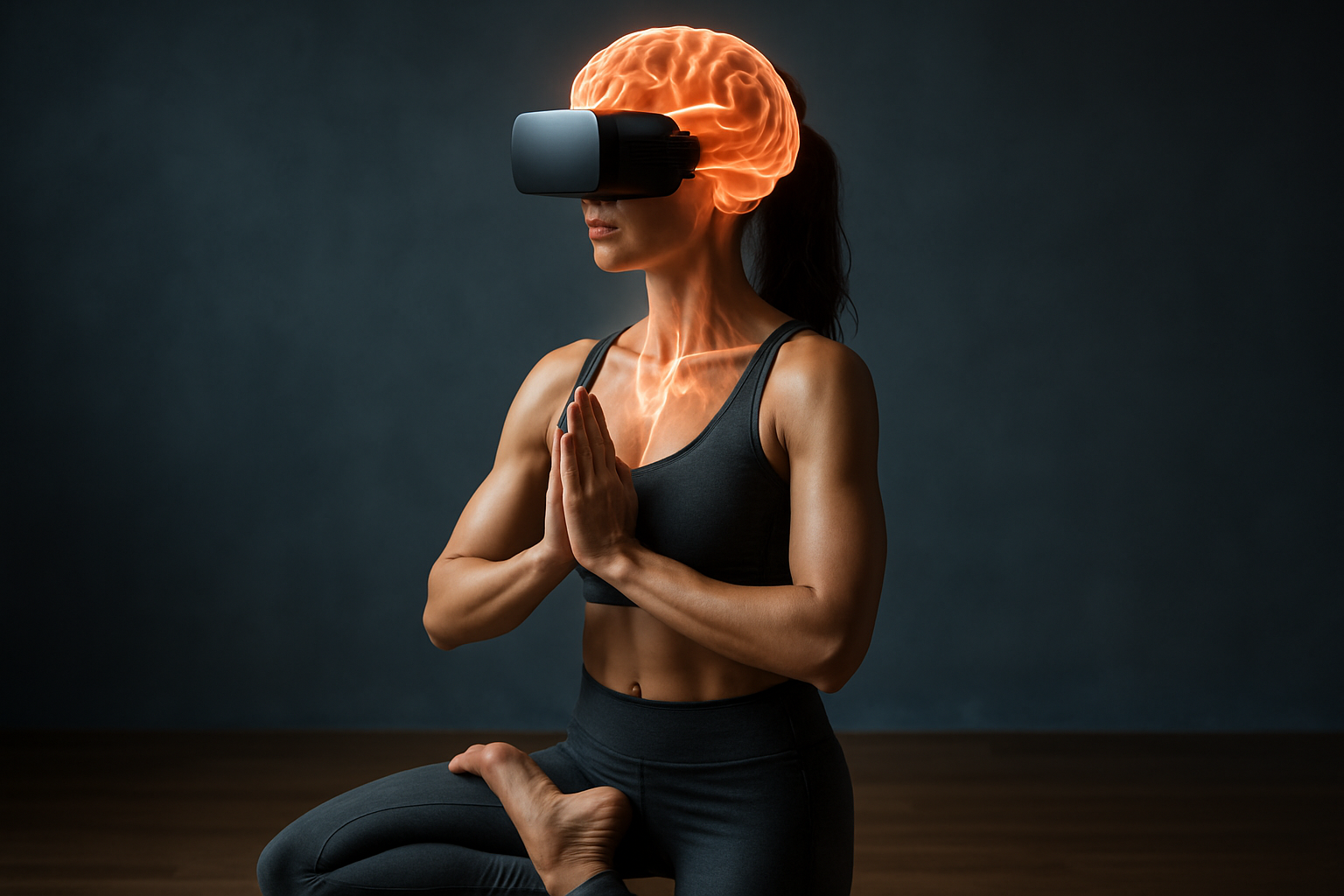Neuroplasticity-Driven Fitness: Revolutionizing Brain Health Through Movement
Imagine a world where your daily workout not only sculpts your body but also rewires your brain for peak performance. What if each squat, lunge, or dance move could enhance your cognitive abilities, boost your memory, and even protect against neurodegenerative diseases? Welcome to the cutting-edge realm of neuroplasticity-driven fitness, where the synergy between physical activity and brain health is reshaping our understanding of wellness.

Beyond Cardiovascular Benefits: Exercise as Brain Food
While the cardiovascular benefits of exercise are well-documented, the cognitive advantages are equally impressive. Neuroimaging studies have revealed that consistent physical activity can increase gray matter volume in the hippocampus, a region vital for memory and learning. This structural change translates to improved cognitive function, particularly in areas such as attention, processing speed, and executive function.
The Emergence of Neuro-Fitness Programs
Innovative fitness programs are now incorporating principles of neuroplasticity to maximize cognitive benefits. These neuro-fitness regimens combine complex movement patterns, balance challenges, and cognitive tasks to stimulate multiple brain regions simultaneously. For instance, dance-based workouts that require memorizing sequences have shown promising results in enhancing spatial awareness and decision-making skills.
Tailoring Exercise for Cognitive Goals
Just as one might target specific muscle groups in strength training, neuro-fitness allows individuals to tailor their workouts to specific cognitive goals. Want to boost creativity? Improvised movements and open-ended exercise routines might be the key. Looking to enhance focus? High-intensity interval training (HIIT) with rapid decision-making elements could be the answer.
The Role of Novel Experiences in Brain Health
Neuroplasticity thrives on novelty. Engaging in new and challenging physical activities creates a rich sensory environment that stimulates neural growth. This concept has given rise to adventure fitness programs that combine outdoor activities with cognitive challenges, providing a dual benefit of physical exertion and mental stimulation.
Integrating Technology for Enhanced Neuro-Fitness
The fusion of technology with neuroplasticity-driven fitness is opening new frontiers. Virtual reality (VR) fitness platforms now offer immersive experiences that challenge both the body and mind. These systems can adapt in real-time to a user’s performance, constantly pushing cognitive boundaries while providing engaging physical workouts.
Neuroplasticity Fitness Facts and Tips
• Studies show that aerobic exercise can increase hippocampal volume by up to 2% in older adults
• Learning a new sport or dance style can create more neural pathways than repeating familiar exercises
• Combining balance exercises with cognitive tasks can significantly improve overall brain function
• Short bursts of high-intensity exercise have been linked to improved decision-making skills
• Outdoor workouts in nature settings may offer additional cognitive benefits due to reduced stress and increased attention restoration
As we continue to unravel the intricate connections between physical movement and brain health, neuroplasticity-driven fitness stands as a testament to the body’s remarkable capacity for growth and adaptation. By embracing this holistic approach to wellness, we open the door to a future where every step, jump, and stretch becomes an investment in our cognitive capital. The message is clear: move not just for your body, but for your brain—because in the world of neuroplasticity, every workout is an opportunity to reshape your mental landscape.






